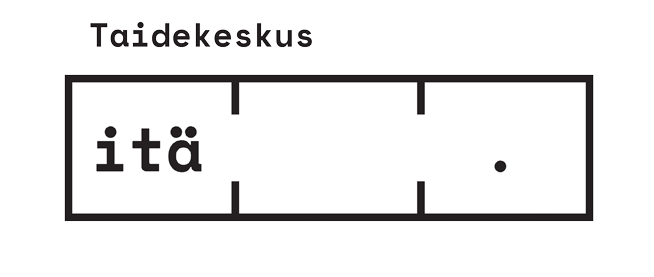Taidekeskus Itä
Valtakatu 66, Lappeenranta
ti-pe 11-17
la 11-14
“DAILY LIFE” – AN EXHIBITION BY DANISH ARTIST ANETTE JENSEN
”Japan is far away from the Nordic countries, but the culture is not unfamiliar to us, even though daily life comprises unfamiliar rituals and ways of living – for example keeping a distance instead of hugging, bowing instead of shaking hands and fixed standards for the size of rooms in Japanese homes. My observations and experiences from a residency in Kyoto are the themes of the exhibition “Daily Life”.
The pieces in my exhibition that portray my stay in Japan, are made from tin, cardboard, paper and Japanese silk. In my artistic practice, I often use materials, which have been discarded or found in secondhand shops. Throughout my working process, I try to change the way we perceive and value these materials, and strive to create new forms while retaining the materials recognizably. The materials’ new appearance usually contains traces from my working process in which I have added and reduced layers on my way to finishing the piece. Some of the techniques I have used for the current exhibition are based on the tools and knowledge I obtained through attending several courses and visiting workshops during my residency.
I choose the materials I work with based on aesthetic considerations and my historical knowledge (I have also studied history at university). The two factors are equally important to me. And I have found that aesthetics permeates Japanese culture, and the history of objects mean something philosophically speaking (for example, expressed in shibui and sabi).
Paper and textiles are central to my artistic practice. In Japan, both have fibers as their basic material – the fibres are either processed in such a way that they are spun into thread and woven together into large expanses of fabric or they are “cast” into paper. The resemblance between paper and textiles is striking, and Japan especially is a hotbed for the two materials’ parallel development, and its 1500-year long history has provided me with endless inspiration.”
The exhibition is supported by Scandinavia-Japan Sasakawa Foundation



